Archives
- 2025-12
- 2025-11
- 2025-10
- 2025-09
- 2025-03
- 2025-02
- 2025-01
- 2024-12
- 2024-11
- 2024-10
- 2024-09
- 2024-08
- 2024-07
- 2024-06
- 2024-05
- 2024-04
- 2024-03
- 2024-02
- 2024-01
- 2023-12
- 2023-11
- 2023-10
- 2023-09
- 2023-08
- 2023-06
- 2023-05
- 2023-04
- 2023-03
- 2023-02
- 2023-01
- 2022-12
- 2022-11
- 2022-10
- 2022-09
- 2022-08
- 2022-07
- 2022-06
- 2022-05
- 2022-04
- 2022-03
- 2022-02
- 2022-01
- 2021-12
- 2021-11
- 2021-10
- 2021-09
- 2021-08
- 2021-07
- 2021-06
- 2021-05
- 2021-04
- 2021-03
- 2021-02
- 2021-01
- 2020-12
- 2020-11
- 2020-10
- 2020-09
- 2020-08
- 2020-07
- 2020-06
- 2020-05
- 2020-04
- 2020-03
- 2020-02
- 2020-01
- 2019-12
- 2019-11
- 2019-10
- 2019-09
- 2019-08
- 2019-07
- 2019-06
- 2019-05
- 2019-04
- 2018-11
- 2018-10
- 2018-07
-
br Adenosine as a mediator of procedures
2023-10-27
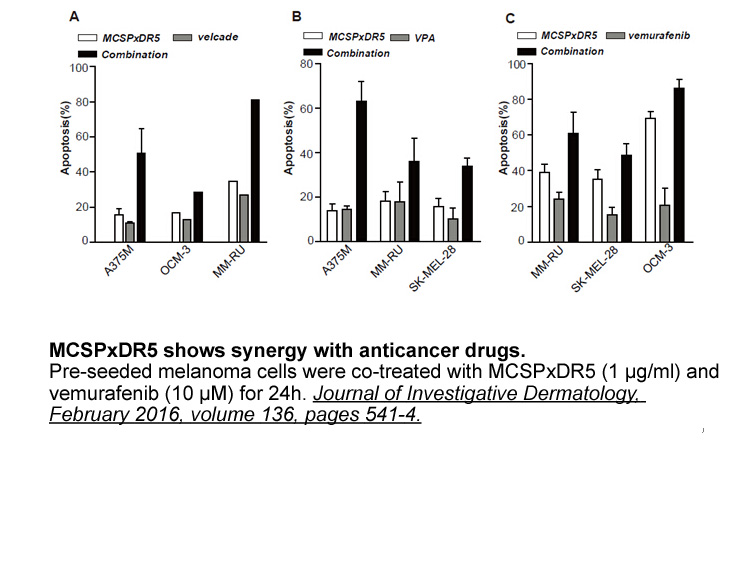
Adenosine as a mediator of procedures used to manage pain The issue of caffeine Caffeine, from dietary sources, is perhaps the most widely consumed behaviorally active agent in the world (Fredholm et al., 1999). Initial characterization indicated caffeine had a higher affinity at A1−, A2A− and
-
Akt Inhibitor IV Adenosine is an endogenous nucleoside that
2023-10-27
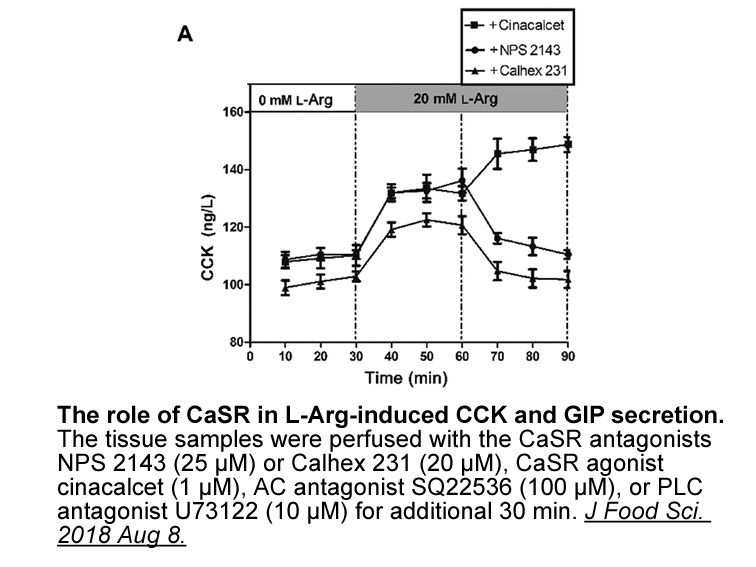
Adenosine is an endogenous nucleoside that plays pivotal roles in different physiological and pathophysiological processes by triggering specific cell-surface receptors both in the Akt Inhibitor IV and in the periphery. The adenosine receptors (ARs) are four different subtypes of G protein-coupled r
-
The bovine Ack is called Ack bAck and
2023-10-27
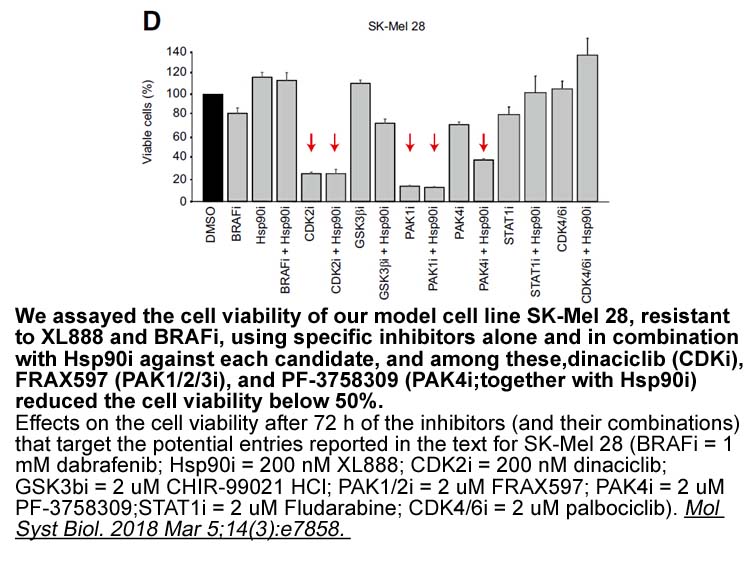
The bovine Ack is called Ack2 (bAck2) and has been suggested to act as a clathrin-assembly protein regulated by the small GTPase Cdc42 [17]. bAck2 lacks some of the C-terminal parts when compared to hAck1 and mAck1. Both Ack1 and Ack2 have been demonstrated to interact with sorting nexin 9 (SNX9 or
-
Several studies have recently used optogenetics to selective
2023-10-27
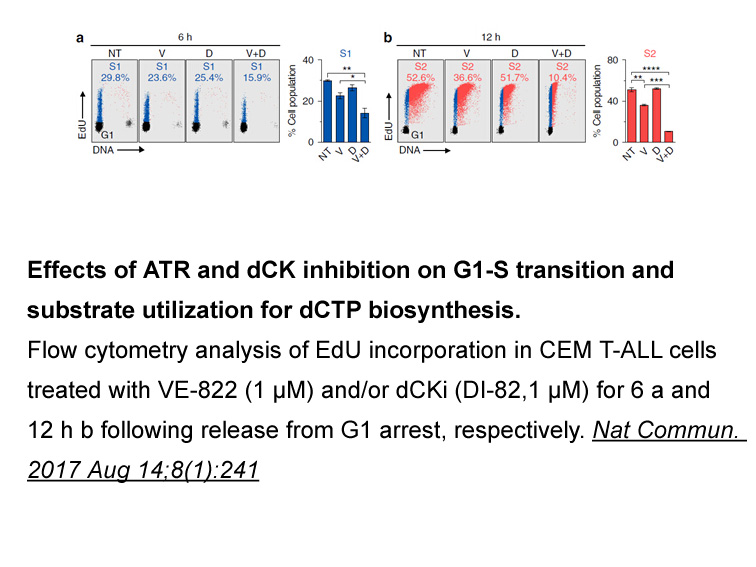
Several studies have recently used optogenetics to selectively activate various cholinergic neurons (Jiang et al., 2014). However, most do not explicitly report direct release of GABA from cholinergic fibers, with the exception of our two studies described above (Saunders et al., 2015a, Saunders et
-
The role of DHT in early teleost embryogenesis is not
2023-10-27
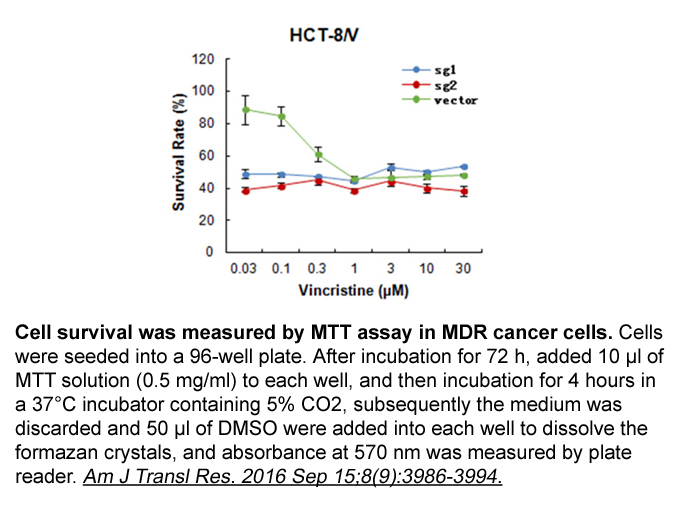
The role of DHT in early teleost embryogenesis is not entirely clear or established, however additional studies that treat fish embryos to DHT or to specific srd5a inhibitors at critical stages of development (i.e. prior to sex differentiation) will shed light on the early functions of this androgen
-
To date more than different mutations in the gene have
2023-10-27
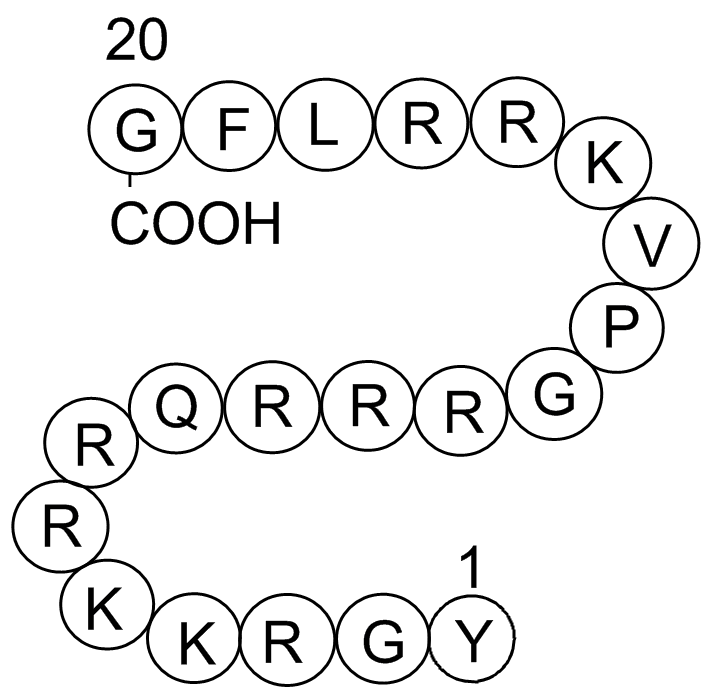
To date, more than 50 different mutations in the gene have been described (Human Gene Mutation Database at the Institute of Medical Genetics in Cardiff: SRD5A2 Gene: http://www.hgmd.cf.ac.uk). Most of them are missense mutations but premature stop codons and deletions leading to non-functional or su
-
br Introduction Throughout early prophase
2023-10-27
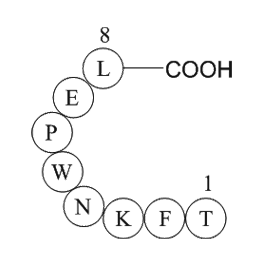
Introduction Throughout early prophase I, meiotic cells intentionally generate DSBs as part of a stringently controlled process to initiate homologous recombination (HR). HR is a critical DSB repair pathway that ultimately permits the exchange of genetic information between homologous chromosomes
-
potassium channel Similar to the importance of
2023-10-26
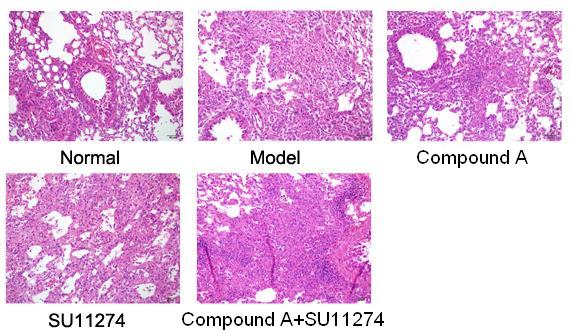
Similar to the importance of MeJA in postharvest A. bisporus quality maintenance at 10°C storage (Meng et al., 2012a), MeJA was also observed to play a pivotal role in this event at 4°C storage. Cap opening is an important mushroom quality indicator (Braaksma et al., 1999). During postharvest storag
-
Since the beginning of s
2023-10-26

Since the beginning of 1990s, more than 17,000 papers about physiological relevance of antioxidants have been published according to data from web of science. Based on the available literature, it seems that assessing the antioxidant potential of food by means of in vitro assays or solely epidemiolo
-
br Materials and methods br Results br Discussion
2023-10-26
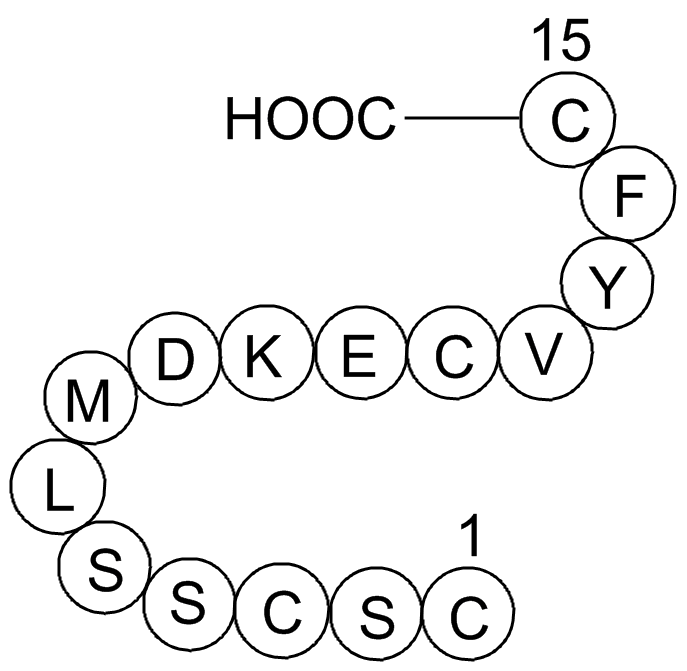
Materials and methods Results Discussion Diabetic kidney disease (DKD) is the most common cause of end-stage renal disease [15], [16]. The pathogenesis of DKD is not fully understood, and there is no effective treatment. Although previous studies suggested that early lesions of DKD are foun
-
Not all secondary metabolites or natural products
2023-10-26
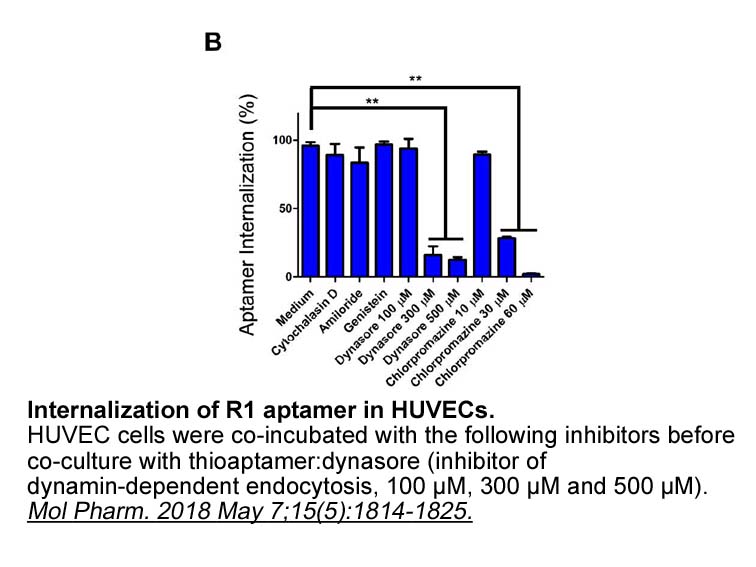
Not all secondary metabolites or natural products can be fully synthesized due to their very complex structures that are too difficult and expensive on industrial scale. Hence, there is an urgent need to search for alternative remedies as naturally occurring biologically active secondary metabolites
-
In conclusion we have shown that
2023-10-26
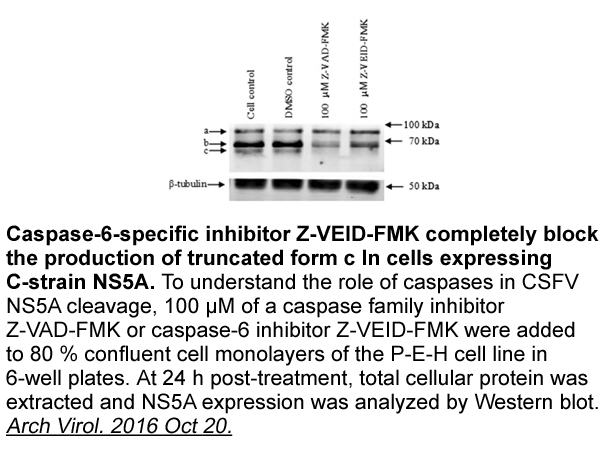
In conclusion, we have shown that mGlu7 receptors negatively regulate α1-adrenergic receptor signalling in heterologous expression systems, Fluorescein RNA tissue and living animals. This interaction might represent a protective mechanism aimed at restraining an excessive activation of noradrenergi
-
In the previous study we demonstrated the importance
2023-10-26
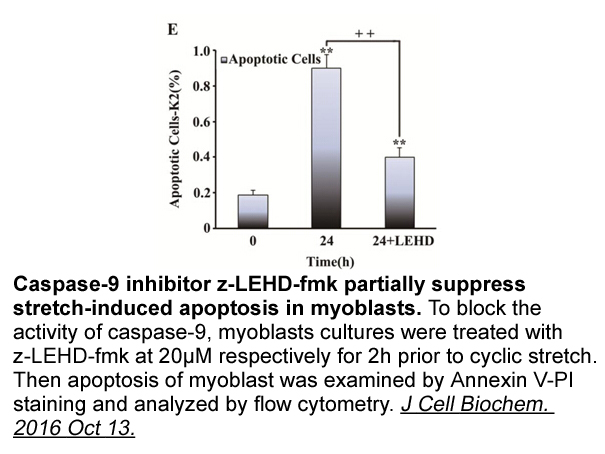
In the previous study, we demonstrated the importance of the mPFC postsynaptic 5-HT1A receptor in the sustained antidepressant effects, because a sustained antidepressant effect was obtained with intra-mPFC injection, but not systemic injection of 8-OH-DPAT, a 5-HT1A receptor agonist (Fukumoto et al
-
Mitochondria from frozen thawed bull sperm are
2023-10-26
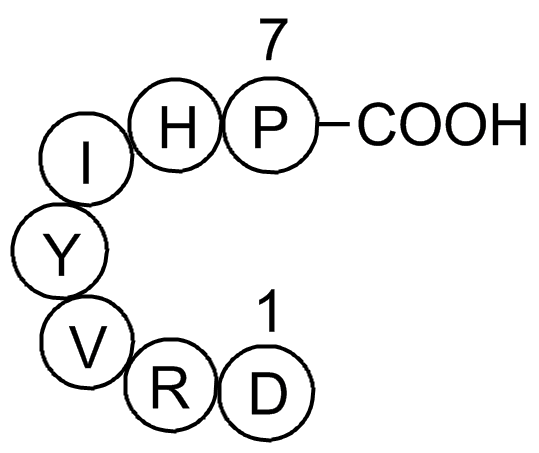
Mitochondria from frozen-thawed bull sperm are capable of producing energy using pyruvate and lactate as substrates through oxidative pathways (Beorlegui et al., 1997). Based on the present study, heparin capacitated sperm had a lesser lactate concentration in the incubation medium, supporting the h
-
br Introduction Adenosine deaminase ADA also known
2023-10-26
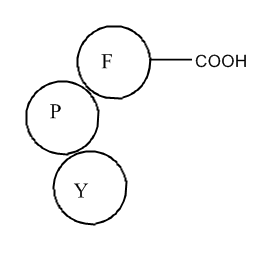
Introduction Adenosine deaminase (ADA), also known as adenosine aminohydrolase, is a key enzyme involved in the purine metabolism that converts adenosine to inosine irreversibly (Lupidi et al., 1997). It is a zinc containing metalloenzyme present in both prokaryotes and eukaryotes. In humans ADA
15850 records 260/1057 page Previous Next First page 上5页 256257258259260 下5页 Last page